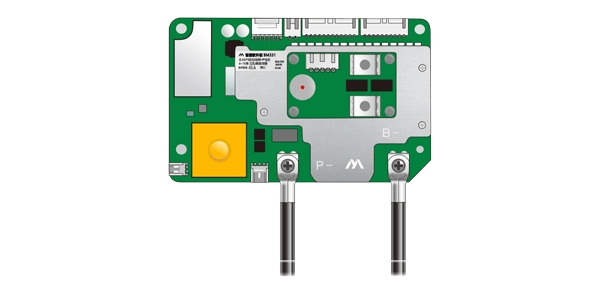Mastering Digital Electronics: Unleashing the Power of the Digital World
In today's digital age, understanding and excelling in digital electronics is crucial for anyone seeking to navigate the ever-evolving technological landscape. Whether you are an aspiring engineer, a tech enthusiast, or simply curious about the inner workings of digital devices, this comprehensive guide will equip you with the knowledge and skills to become proficient in digital electronics.
- Grasping the Fundamentals:
To excel in digital electronics, it is essential to have a strong foundation in the basics. Begin by understanding binary code, logic gates, and Boolean algebra. Familiarize yourself with concepts such as voltage, current, resistance, and capacitance. Gain proficiency in reading and interpreting circuit diagrams, as they form the building blocks of digital systems. - Mastering Digital Logic:
Digital electronics revolves around manipulating binary signals using logic gates. Dive deeper into the world of logic gates, including AND, OR, NOT, NAND, NOR, and XOR gates. Learn how to design and analyze combinational and sequential logic circuits. Explore the principles of flip-flops, registers, and counters, which are essential components of digital systems. - Embracing Integrated Circuits:
Integrated circuits (ICs) are the backbone of modern digital electronics. Familiarize yourself with different types of ICs, such as logic gates, multiplexers, decoders, and flip-flops. Understand the various families of ICs, including TTL, CMOS, and ECL, and their characteristics. Learn how to select and integrate ICs effectively to design complex digital systems. - Delving into Microprocessors and Microcontrollers:
Microprocessors and microcontrollers are at the heart of digital electronics. Gain a comprehensive understanding of their architecture, instruction sets, and programming languages. Explore the functionalities of peripherals, such as timers, interrupts, and input/output ports. Learn how to program microcontrollers using languages like C and assembly, enabling you to create innovative digital applications. - Exploring Digital Communication:
Digital electronics is closely intertwined with communication systems. Familiarize yourself with various digital communication protocols, such as UART, SPI, and I2C. Understand the principles of data transmission, modulation, and error detection. Dive into the world of wireless communication, including Bluetooth, Wi-Fi, and cellular networks, to broaden your knowledge. - Hands-On Experience:
Theory alone is not enough to excel in digital electronics. Embrace hands-on projects to reinforce your understanding and develop practical skills. Build simple digital circuits using breadboards, resistors, capacitors, and LEDs. Gradually progress to more complex projects, such as designing a digital clock, a temperature sensor, or even a small-scale digital system.
Conclusion:
Becoming proficient in digital electronics requires dedication, continuous learning, and practical application. By mastering the fundamentals, logic design, integrated circuits, microprocessors, digital communication, and engaging in hands-on projects, you will unlock the potential to create innovative digital solutions. Embrace the digital revolution and unleash your creativity in the world of digital electronics.





